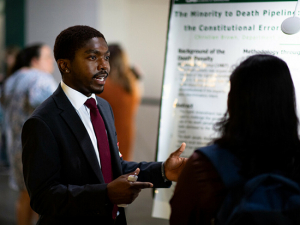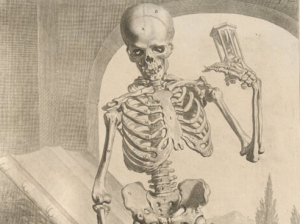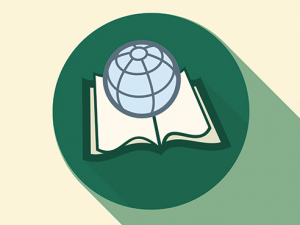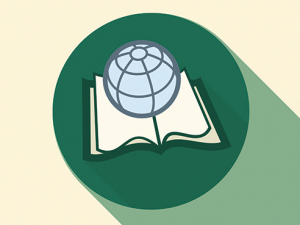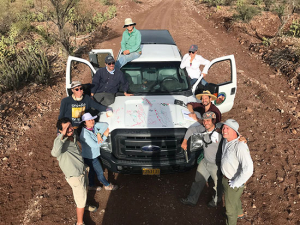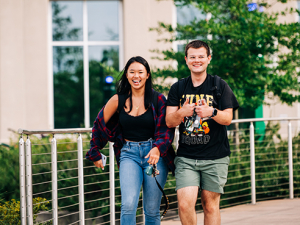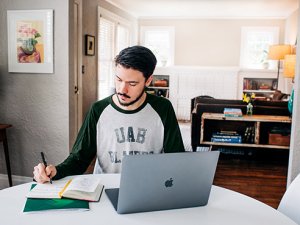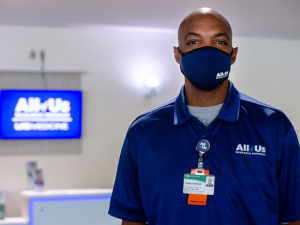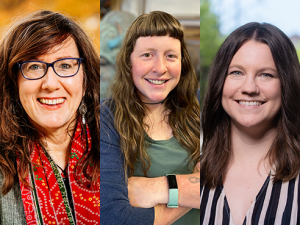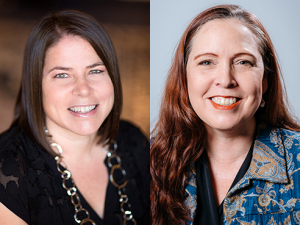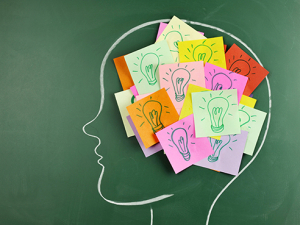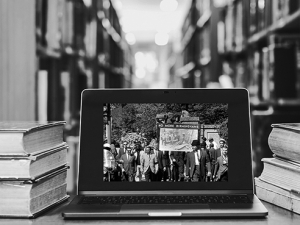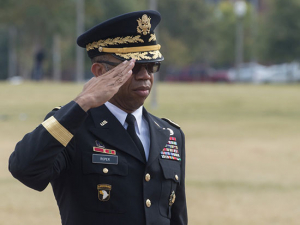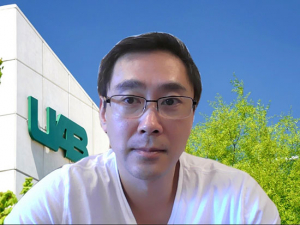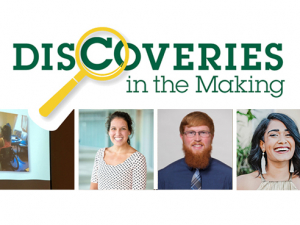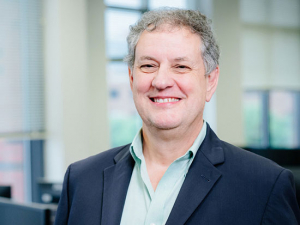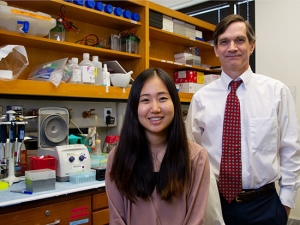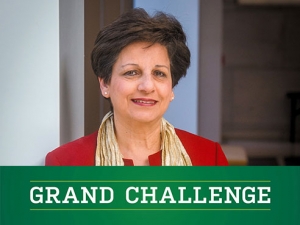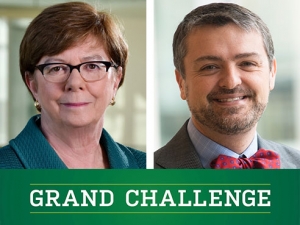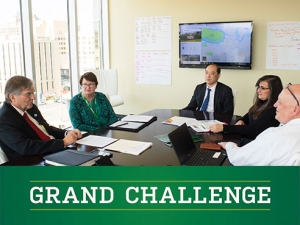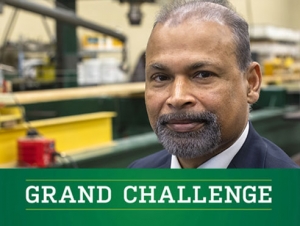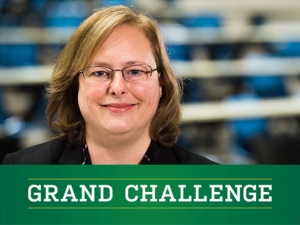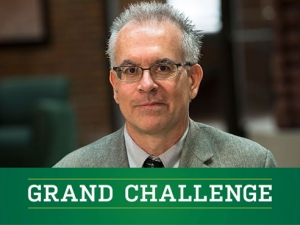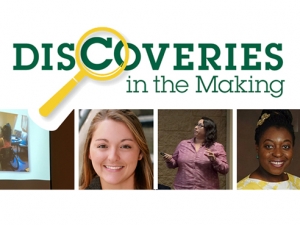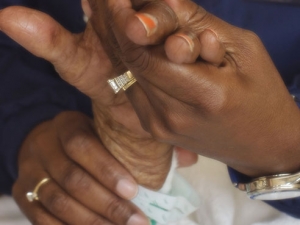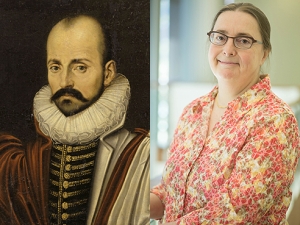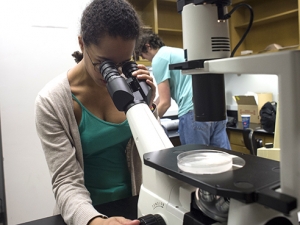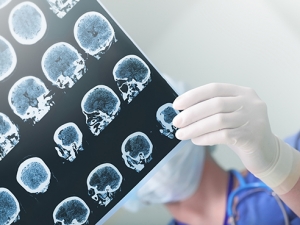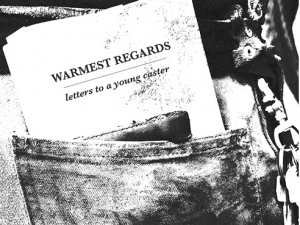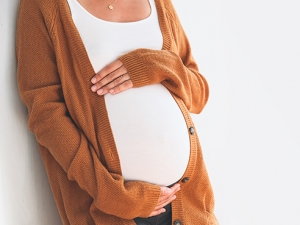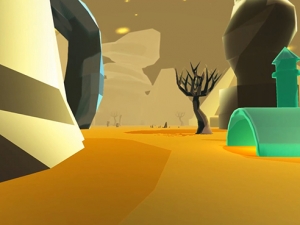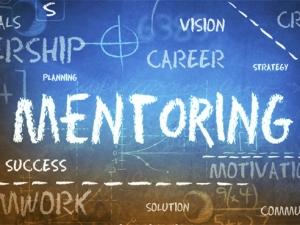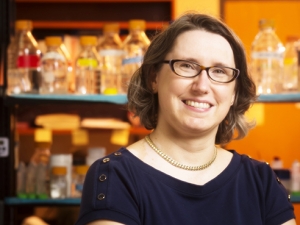This is the third in a series of profiles of the finalists in the UAB Grand Challenge. The initiative, a key component of Forging the Future, UAB’s strategic plan, launched this past summer and inspired more than 75 initial entries from teams across campus. The results were announced on April 30, with the Healthy Alabama 2030 project selected as the inaugural UAB Grand Challenge winner.
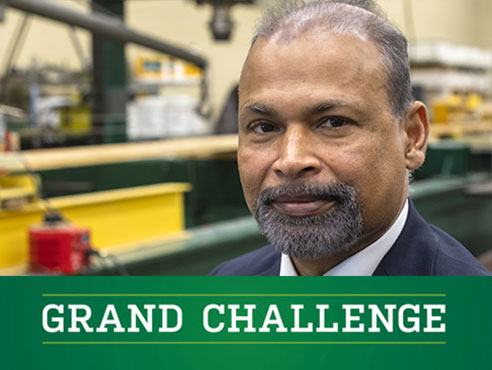 Nasim Uddin is principal investigator for the Smart Cities and Urban Sustainability team, whose Grand Challenge proposal wants “to shape Birmingham as a large-scale national and global testbed to build equitable model cities.”Something has to be done. To prepare elementary school students for the jobs that will be in demand when they graduate from college. To invest in industries that will provide employment to communities where jobs are impossible to find. To ease congestion and reduce impact on the environment. To guard against natural disasters.
Nasim Uddin is principal investigator for the Smart Cities and Urban Sustainability team, whose Grand Challenge proposal wants “to shape Birmingham as a large-scale national and global testbed to build equitable model cities.”Something has to be done. To prepare elementary school students for the jobs that will be in demand when they graduate from college. To invest in industries that will provide employment to communities where jobs are impossible to find. To ease congestion and reduce impact on the environment. To guard against natural disasters.
But with resources tight, someone needs to choose which problems to tackle first — and what to do about them. The combination of inexpensive sensor technology and big data promises to make governments more responsive and responsible to their citizens. “People are coming up with all kinds of innovations,” said Professor Nasim Uddin, Ph.D., who teaches civil engineering in the School of Engineering. “The problem is that they either take a top-down approach to change people’s lives,” which leaves citizens suspicious, “or a bottom-up approach that identifies problems but not the possible solutions.”
Sensor data and social data
Uddin is principal investigator for a project that proposes a third way. “Birmingham 2030: Roadmap to a Model City,” is one of six finalists in the UAB Grand Challenge. Its goal is to “put governance and citizens together” with experts from UAB to address complex issues, Uddin said. The connecting factor, he explained, will be data. That includes sensor data from bridges, buildings, roadways, information and communications technology, and utilities to monitor the infrastructure that supports our lives. But it also includes what Uddin calls “social data.” Along with Census data, geographic information systems and built-environment records, these anonymized signals from sources such as mobile phones, survey diaries and social media posts will be collected voluntarily and with the express permission of participants and their communities, Uddin said.
| “Birmingham, a hub of activity in the civil rights movement, can now be a shining example of a model city guaranteeing equal access for all.” |
By combining sensor and social data, the project team will be able to build an accurate, real-time picture of the pressing needs in each local community. Could a smart traffic light prevent recurring accidents and criminal activity? Are microcredit loans to local entrepreneurs capable of meeting community needs and generating new economic opportunities? Do locally grown “functional foods” provide enhanced energy and nutrition while controlling obesity-related complications? Could mobile health applications pave the way for significant improvements in self-monitoring of chronic diseases and enable just-in-time interventions? How can emergency responders prepare for the inevitable tornadoes and other storms that threaten Birmingham?
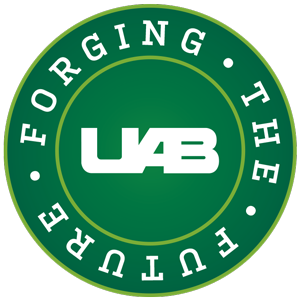 The “Model City” project will be able to answer questions like these through pilot programs that bring together technical experts and new technologies to focus on clear community needs, Uddin says. Using advanced machine learning, artificial intelligence and simulation software, proposed interventions can be tested in silicon before being implemented in the real world. “With sensors and social data the city and its people can each have a voice and tell us what needs to happen to build a more equitable community,” Uddin said.
The “Model City” project will be able to answer questions like these through pilot programs that bring together technical experts and new technologies to focus on clear community needs, Uddin says. Using advanced machine learning, artificial intelligence and simulation software, proposed interventions can be tested in silicon before being implemented in the real world. “With sensors and social data the city and its people can each have a voice and tell us what needs to happen to build a more equitable community,” Uddin said.
Research-backed, inclusive interventions
The project team includes more than 30 faculty from eight UAB schools, plus dozens of other partners from city agencies and industry collaborations, plus researchers from Georgia Tech, Virginia Tech, Carnegie Mellon and other leading institutions, Uddin adds.
As a first step, the group plans an initial trial in two Birmingham communities — one at the low end of average income and one at the midrange. “That will tell us what are the key issues that need to be changed to make a real difference for these neighborhoods,” Uddin said. “Once we learn that, we can roll the interventions out in other communities and give governments an accurate idea of the results and costs involved.”
The goal isn’t to replicate initiatives underway from the city, nonprofit organizations or private industry, Uddin said. “Right now, the information and efforts often live in silos. Our idea is to bring them all together and synergize them.” This is a natural role for UAB, he said. “We have experts who routinely solve national and global problems. If we can all come together through the Grand Challenge to focus on the problems of our community we can find solutions that will help Birmingham but can also be replicated in cities around the world. We want cities to think Birmingham first before rolling out new smart-city technologies — that would be an ultimate success of the project.”
